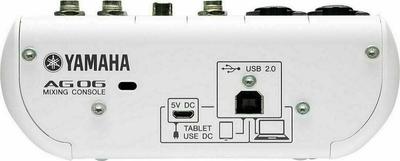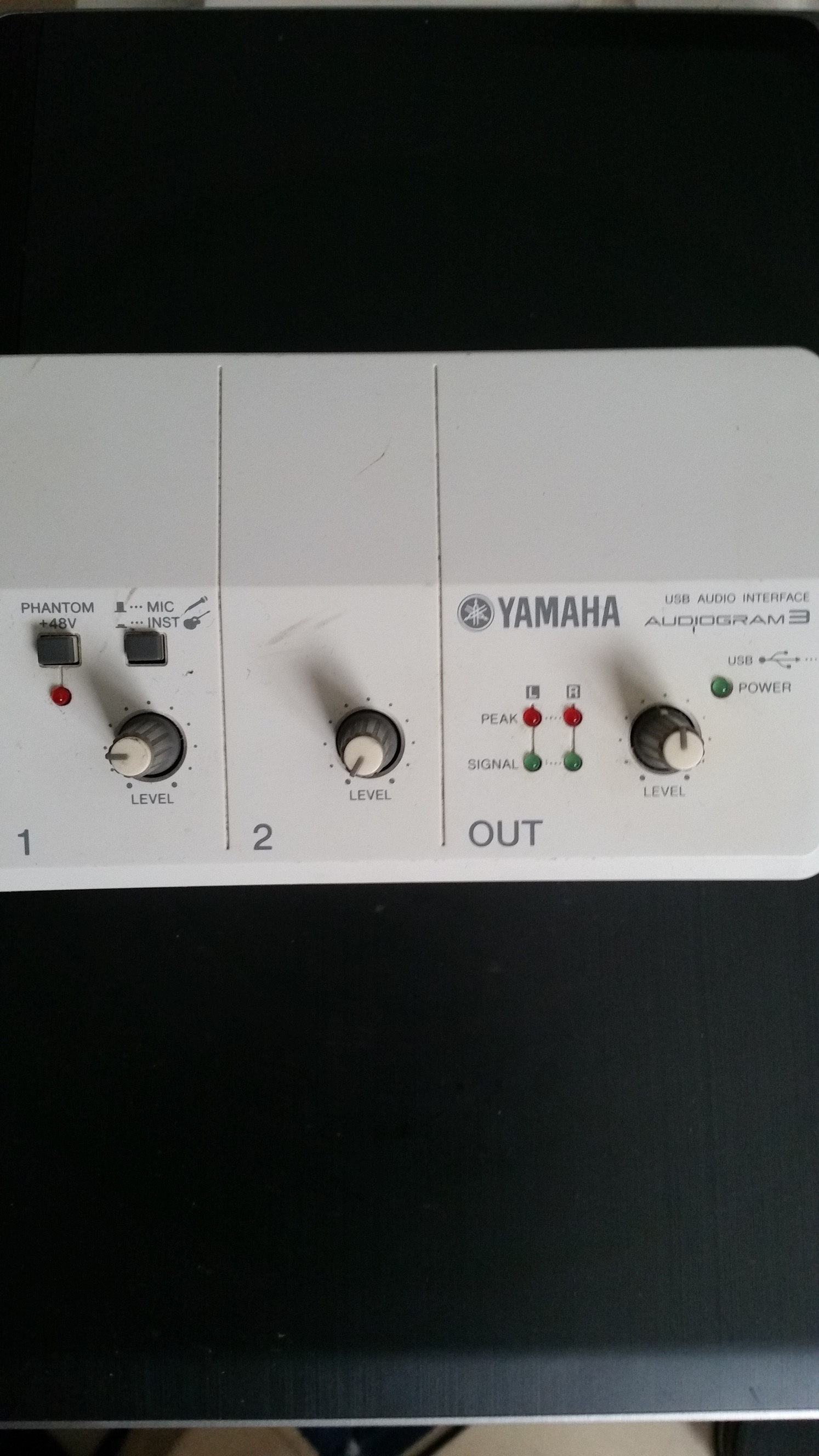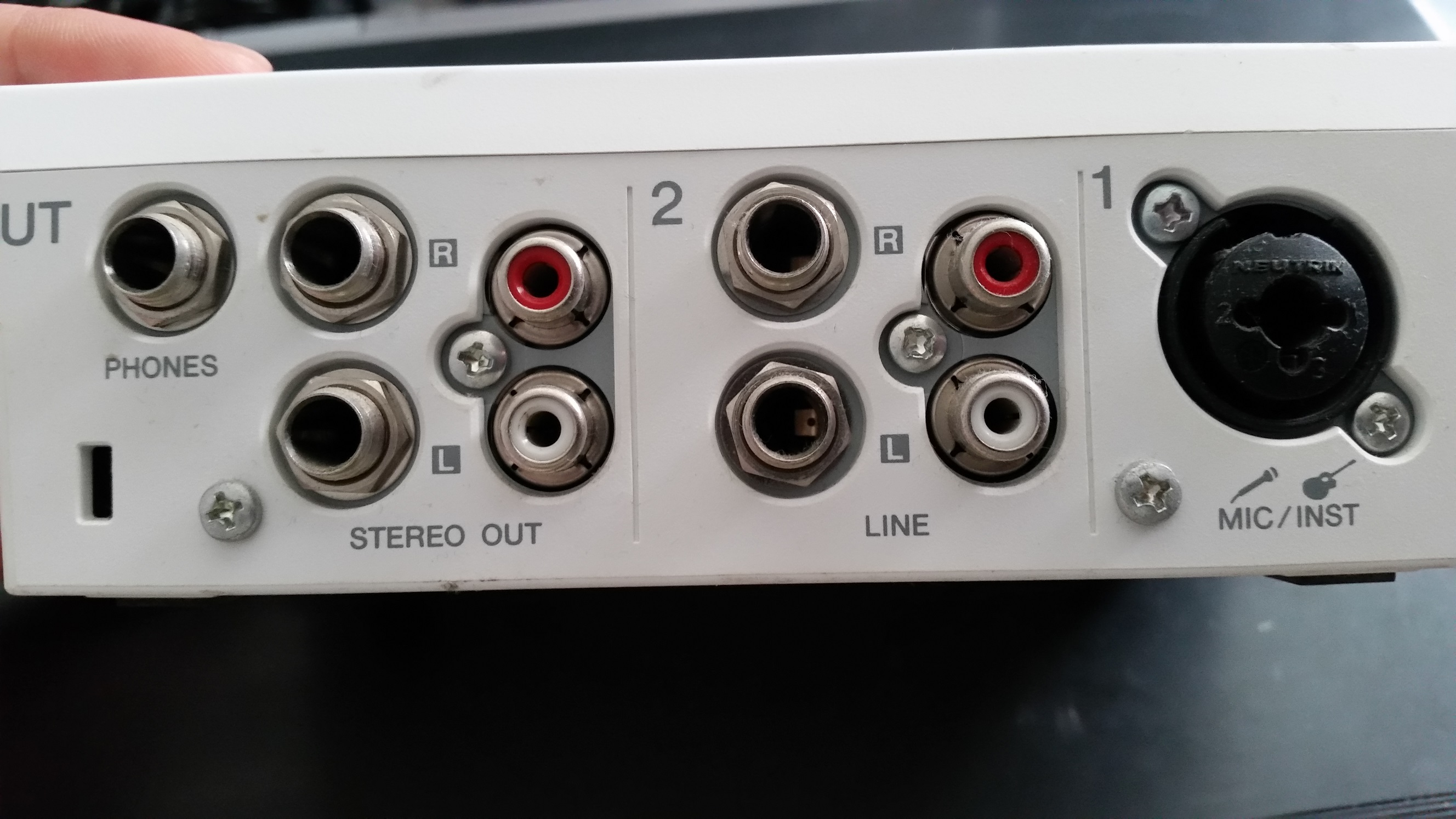

The converters reside on your soundcard or audio interface, or if you have one, a digital mixer (not required). The critical component for doing an all digital production is an excellent analog/digital converter. Every time you pass through a converter you add errors, noise, artifacts, and stuff you don't want in your mix.

Once digitized, only do go back to analog when there is no other way. Remember how we used to minimize bounces in the old analog tape decks? Today we minimize the number of passes we make from the digital world to the analog world and back. To get the full benefit of this enhanced sound quality you must minimize your passes through converters. Once recorded, the tracks will not go through a digital/analog converter till you listen to the final product on CD, DAT, MP3 or WAV-whatever you are using. The only analog phase in the recording technique below is the actual recording of the tracks in the sequencer from their analog sources.

Generally, the connectors on the AI are XLR and 1/4" jacks, which are much better than the tiny 1/8" jacks on consumer soundcards. The AI might not have a way to connect MIDI gear(though most have onboard MIDI) and it might not have mic preamps, assuming you will add your own. While the audio interface is usually considered to be "better" than a soundcard, you need to watch out for a few things. There is always a cable and it either goes to a PCi card in the computer or to a Firewire or USB port. The difference is that an AI usually exists outside the computer in some form of enclosure, sometimes called a "breakout box". Time Out: What is the difference between an Audio Interface (AI) and a Soundcard? As an added bonus, we will discover that in addition to the higher quality of the finished product, doing digital allows for a much more inexpensive studio. This article gives you a step by step method of writing and recording music totally in the digital domain.

The home studio now has the ability to create music totally in the digital domain, thanks to the emergence of affordable digital gear, the evolution of midi/audio sequencers and the availability of powerful desktop computers. Uses the same drivers as the famed delta 1010, and it works well on windows XP. You get 4 analog ins and outs, balanced or unbalanced AND S/PDIF I/O. If you can't spring for the Delta 1010, the 66 will get the job done admirably. Works well with Windows XP, Macs (even has an OS X driver) and of course win 98 and OS9. It takes everything my CPU can throw at it. Strong, solid performance with low latencies even when the mix gets heavy. Take it to 24 bit 96 kHz or run it 16/44.1. Comes with Logic Delta and works with the full version of Logic even better.


 0 kommentar(er)
0 kommentar(er)
